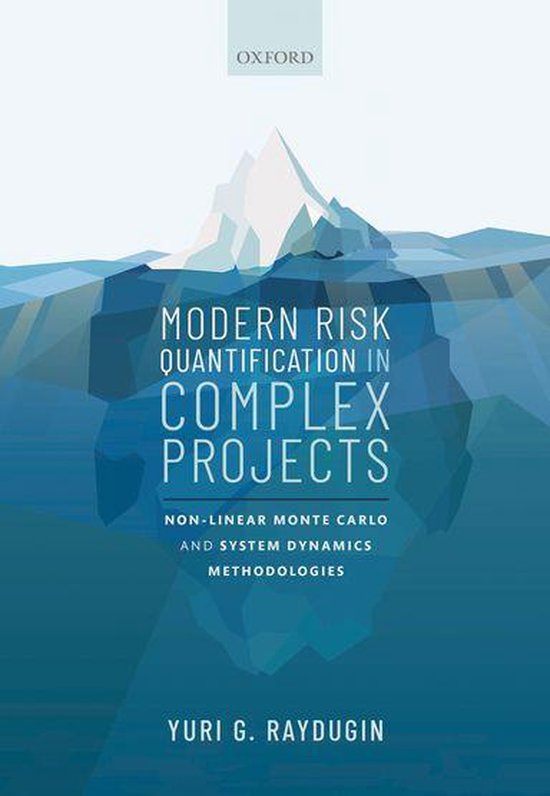Modern risk quantification in complex projects

Direct beschikbaar
Project practitioners and decision makers complain that both parametric and Monte Carlo methods fail to produce accurate project duration and cost contingencies in majority of cases. Apparently, the referred methods have unacceptably high systematic errors as they miss out critically important components of project risk exposure. In the case of complex projects overlooked are the components associated with structural and delivery complexity. Modern Risk Quantification in Complex Projects: Non-linear Monte Carlo and System Dynamics Methodologies zeroes in on most crucial but systematically overlooked characteristics of complex projects. Any mismatches between two fundamental interacting subsystems - a project structure subsystem and a project delivery subsystem - result in non-linear interactions of project risks. Three kinds of the interactions are distinguished - internal risk amplifications stemming from long-term ('chronic') project system issues, knock-on interactions, and risk compounding. Affinities of interacting risks compose dynamic risk patterns supported by a project system. A methodology to factor the patterns into Monte Carlo modelling referred to as non-linear Monte Carlo schedule and cost risk analysis (N-SCRA) is developed and demonstrated. It is capable to forecast project outcomes with high accuracy even in the case of most complex and difficult projects including notorious projects-outliers: it has a much lower systematic error. The power of project system dynamics is uncovered. It can be adopted as an accurate risk quantification methodology in complex projects. Results produced by the system dynamics and the non-linear Monte Carlo methodologies are well-aligned. All built Monte Carlo and system dynamics models are available on the book's companion website.
- Bekijk alle specificaties
Prijs:


Taal: en
Bindwijze: E-book
Oorspronkelijke releasedatum: 16 juli 2020
Illustraties: Nee
Hoofdauteur: Yuri G. Raydugin
Hoofduitgeverij: Oup Oxford
Lees dit ebook op: Desktop (Mac en Windows)
Lees dit ebook op: Kobo e-reader
Lees dit ebook op: Android (smartphone en tablet)
Lees dit ebook op: iOS (smartphone en tablet)
Lees dit ebook op: Windows (smartphone en tablet)
Inhoud van Ebook Bevat: Tekst
Studieboek: Ja
EAN: 9780192582652